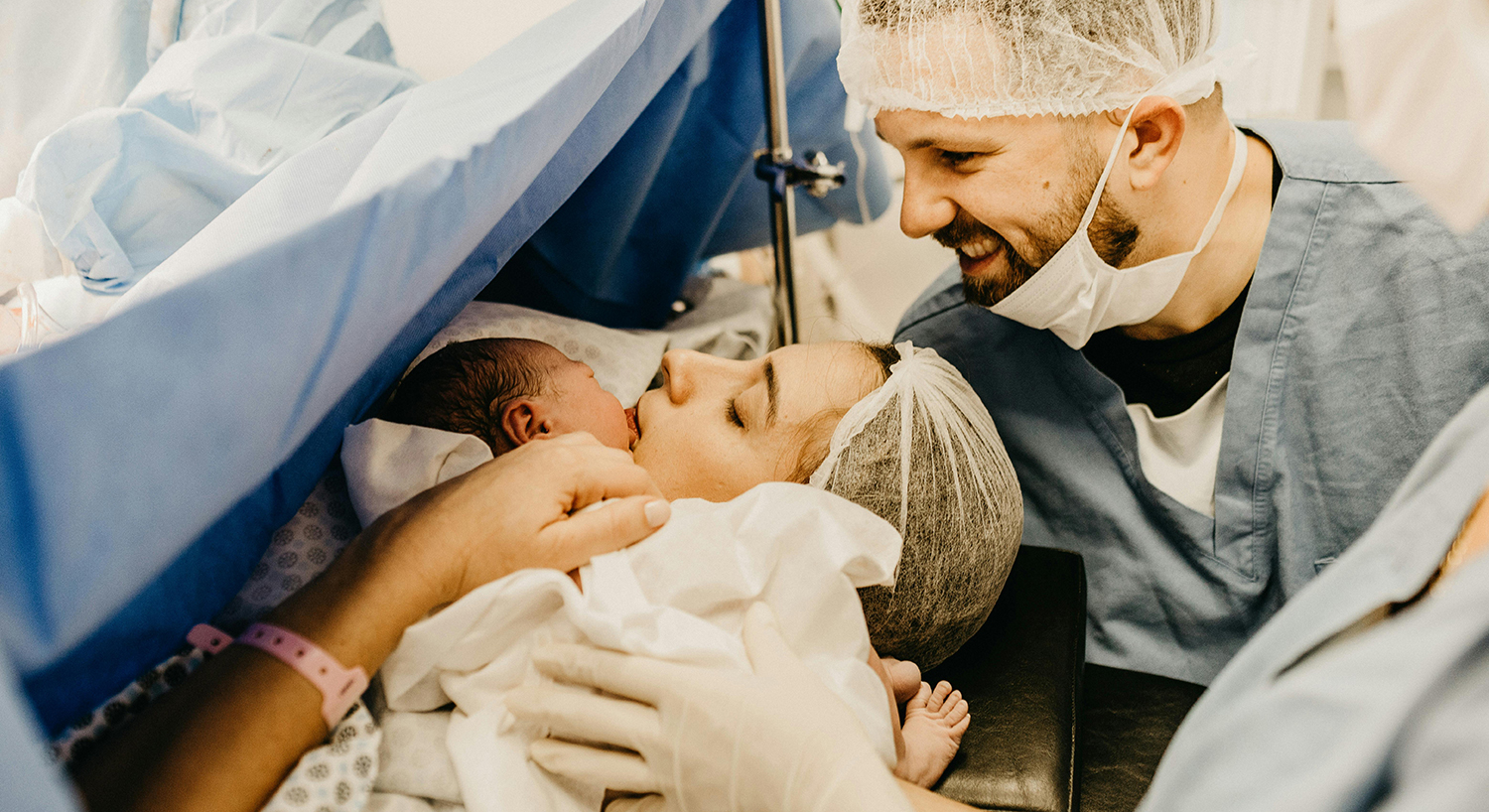
Human Evolution
Impact of C-Section Births on Human Evolution
The theory of evolution suggests that humans, along with other primates like monkeys and apes, evolved from a common ancestor millions of years ago. While we share a relationship with modern apes, we are not their direct descendants. Instead, humans emerged from a now-extinct species of early primates. In simple terms, humans were not created as humans from the start – they evolved gradually from other species. However, it’s not accurate to say humans evolved directly from monkeys, nor do we have a definitive understanding of which species led to humans.
Among mammals, modern humans (Homo sapiens) have the longest gestation period. Typically, a pregnant woman carries her baby for 38-40 weeks. In comparison, chimpanzees give birth after 32 weeks, and gorillas and orangutans after about 37 weeks. Gestation length is closely linked to brain size. As human brains evolved and grew larger, so did the size of newborns. Human mothers also give birth to babies with greater average body mass than other mammals. The shape and size of the female pelvis and birth canal have undergone significant changes – especially due to the shift to upright walking – which has narrowed these structures. As a result, human childbirth has become longer, more painful, and riskier.
However, these changes are relatively recent and didn’t occur during the earliest stages of evolution. Scientists say human evolution has been ongoing for millions of years. In prehistoric times, childbirth was comparatively easier, but around 10,000 years ago, it suddenly became more difficult due to the narrowing of the pelvis and the increasing size of newborns.
Today, the rise in cesarean section (C-section) births is influencing human evolution. Researchers have found that many mothers now require C-sections because their pelvic structures have become narrower than in the past.
For example, in 1960, about 30 out of every 1,000 mothers had a birth canal too narrow for natural delivery. That number has now increased to 36 per 1,000. Under natural evolutionary conditions, this trait wouldn’t be passed on because the baby wouldn’t survive childbirth. But researchers in Austria have found that the rate of C-section births will continue to rise. Still, it’s unlikely that natural childbirth will ever be completely replaced.
Dr. Philipp Mitteroecker from the Department of Theoretical Biology at the University of Vienna explains that this research began with the question: why is C-section increasingly necessary instead of natural birth? A hundred years ago, without modern medical intervention, these babies wouldn’t have survived. Due to natural selection, their genes wouldn’t have been passed on to future generations.
One major topic in evolutionary research is why the size of the human pelvis hasn’t increased even though newborns have larger heads. Human babies have significantly larger heads than other primates, making childbirth much more difficult for human mothers compared to chimpanzees or other animals.
Researchers gathered data from the World Health Organization and other birth-related studies to create a mathematical model. Through this, they identified an “opposing force” in natural evolution caused by modern medical intervention. As a result, larger, healthier babies are being born more frequently than before.
Dr. Mitteroecker emphasizes that the goal is not to criticize modern medicine, but to explain how it is influencing the course of human evolution.
Related Posts

Sunlight: A Natural Medicine, Cultural Wisdom, and the Key to Healthy Longevity
For thousands of years, many civilizations have worshipped the sun as a deity – notRead More

সূর্যের আলো: প্রাকৃতিক ঔষধ, সাংস্কৃতিক শিক্ষা ও স্বাস্থ্যকর দীর্ঘায়ুর চাবিকাঠি
হাজার হাজার বছর ধরে অনেক সভ্যতা সূর্যকে দেবতা মানে; শুধু বৈদিক, পৌরাণিক, এবং সাংস্কৃতিক ঐতিহ্য,Read More

Protecting women is a man’s responsibility – this is a lesson rooted in evolutionary psychology
A common tendency across all societies is to take extra care of women. This isRead More

Comments are Closed